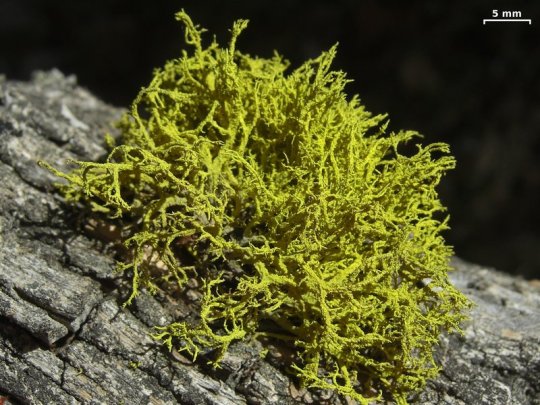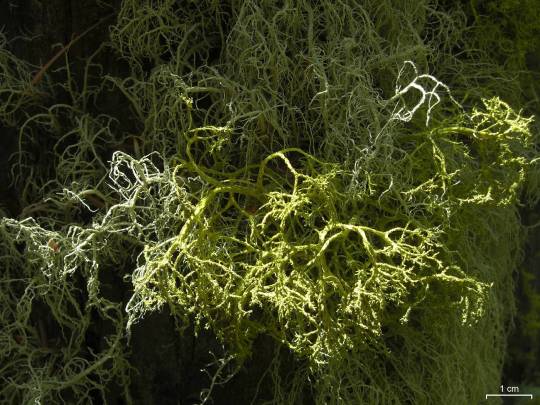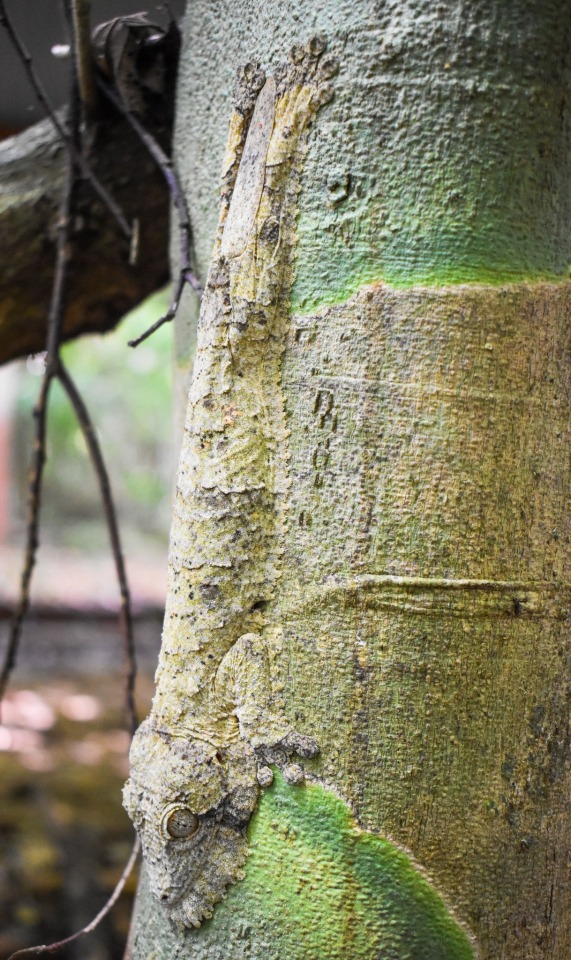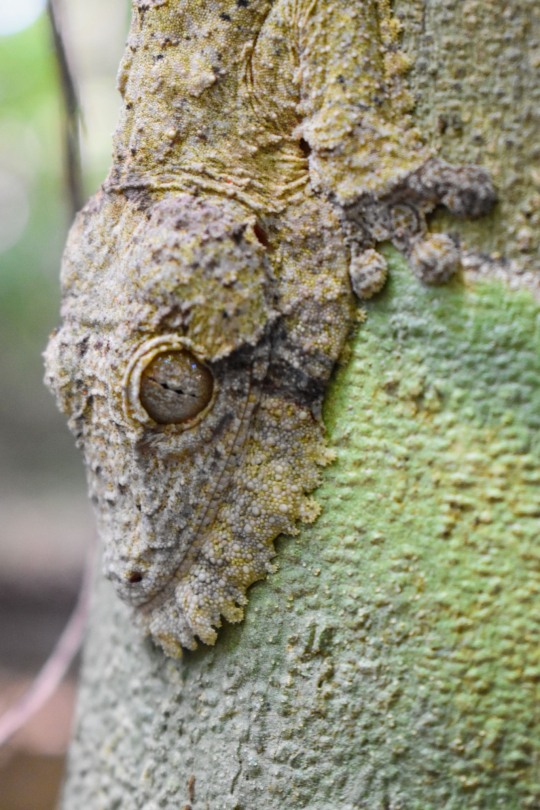Dorian 23 He/They Autistic Art Insta electricbeanbag. thas me in the header
Don't wanna be here? Send us removal request.
Text









Letharia lupina
Mountain wolf lichen
What is the difference between L. lupina and L. vulpina? Genetics! Annnd not much visually. Supposedly L. lupina is more yellow and L. vulpina is more green. And L. lupina supposedly is more sorediate and less isidiate. Buuuut these characteristics are variable, and so you probably won't know the difference unless you examine the internal algae (apparently different) or the genetics of the lichenized fungi. But hey! You will know for sure it's a Letharia, so there's that. L. lupina is found in montane western North America.
images: source | source | source
info: source | source
155 notes
·
View notes
Text
is it okay if i bring my boy the humongous fungus

523 notes
·
View notes
Text
We need a DS9 episode where strange occurrences keep happening at 3 am causing the main cast to have to get out of bed and investigate STILL in their pajamas. Also there is no power so they have to walk around with flashlights. also they think that it's ghosts. also i think that Odo should wear pjs too and it turns out he just materializes them at night to fit in.
10K notes
·
View notes
Text

yes
3K notes
·
View notes
Text
There is a correct answer
#quark would be so fantastic bc he'd never shut up about it n try and use the pregnancy as leverage for extra privileges/relaxed scrutiny#but Worf I think is the right answer. i mean he was so helpful last time the o'briens has a baby :)
65 notes
·
View notes
Text
Every year The Internet Archive hosts a competion to make art using newly public domain materials, and I've been losing my mind at this submission:
https://archive.org/details/555-milf-tar/
7K notes
·
View notes
Text
508 notes
·
View notes
Text



Mossy Leaf-tailed Gecko (Uroplatus sikorae), family Gekkonidae, Madagascar
Photographs by Jean Elisée Christian Rakotondrajoa
#who's that sultry little binch growing on that tree bark???#I can't make out any structures so maybe an algae.... AND YET. the possibility of lichen cannot be outruled.
3K notes
·
View notes
Text
Scientists at UC Riverside have demonstrated a new, RNA-based vaccine strategy that is effective against any strain of a virus and can be used safely even by babies or the immunocompromised. Every year, researchers try to predict the four influenza strains that are most likely to be prevalent during the upcoming flu season. And every year, people line up to get their updated vaccine, hoping the researchers formulated the shot correctly. The same is true of COVID vaccines, which have been reformulated to target sub-variants of the most prevalent strains circulating in the U.S. This new strategy would eliminate the need to create all these different shots, because it targets a part of the viral genome that is common to all strains of a virus. The vaccine, how it works, and a demonstration of its efficacy in mice is described in a paper published today in the Proceedings of the National Academy of Sciences. “What I want to emphasize about this vaccine strategy is that it is broad,” said UCR virologist and paper author Rong Hai. “It is broadly applicable to any number of viruses, broadly effective against any variant of a virus, and safe for a broad spectrum of people. This could be the universal vaccine that we have been looking for.”
Continue Reading.
22K notes
·
View notes
Text

Candidatus Desulforudis audaxviator
The species name of this bacterium contains the Latin phrase Candidatus (candidate) due to the fact that the species record has not been published in a taxonomically valid manner. It is not associated with any family, order, or class, but is included as a candidate under the phylum Firmicutes.
Candidatus D. audaxviator is a unique species, isolated from the Earth's surface for millions of years and a loner in its ecosystem. These bacteria do not need sunlight or chemical energy for their food or metabolic processes, instead subsisting on radioactive energy for their needs. They are able to fix their own nitrogen and cannot survive in the presence of oxygen.
The species name, audaxviator, is taken from Jules Verne’s “Journey to the Center of the Earth,” and means “descend, bold traveler, and attain the center of the Earth.” Photo credit: NASA (public domain)
61 notes
·
View notes
Text
81K notes
·
View notes
Text
here you go professor. several pages of home brewed bullshit. as opposed to the chatgpt-brewed bullshit you're used to these days. i hope u enjoy it i worked very hard on it ❤️
37K notes
·
View notes
Text
I haven't purchased a HP item in close to a decade - I use the books I already had as doorstops or to prop a laptop up for meetings nowadays.
There is NO "death of the author" with JK Rowling - she controls and continues to profit from her IP, and uses that money to fund hate groups.
88K notes
·
View notes
Text
TIL there's a species of bacteria whose cells are large enough to be visible to the naked eye (with cells about 1-2 cm in length). It's a filament-shaped bacterium found growing underwater on detached red mangrove leaves in the Guadeloupe archipelago, and apparently its DNA is encapsulated in something that's kind of like a nucleus, but isn't. The thing was thought to be a fungus when it was first discovered, and it took them a few years to realize what the frell they're actually looking at.
Its name is Thiomargarita magnifica ('magnificent sulphur-pearl'), and as its name suggests, it's a sulphur oxidizing bacterium.
Whether or not it's wasting away again in Thiomargaritaville is a different question altogether, although it doesn't strike me as the sort of bacterium to be searching for its lost shaker of salt – mostly on account of not being a halophile.
4 notes
·
View notes









